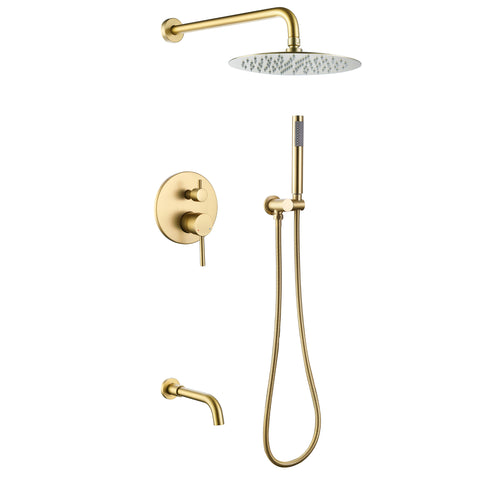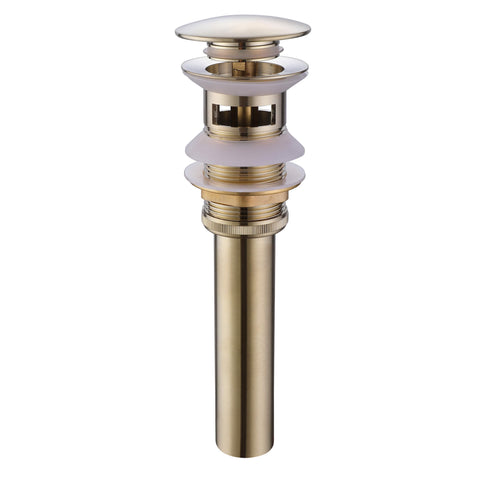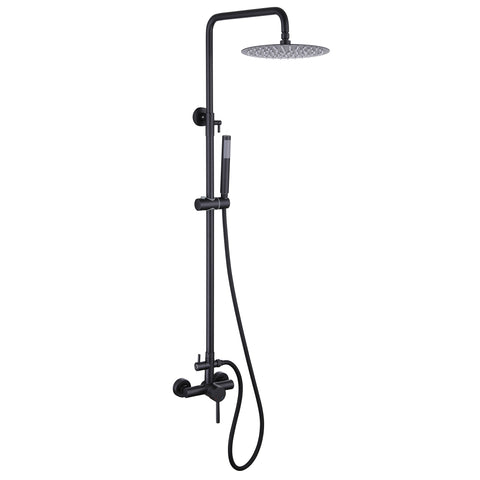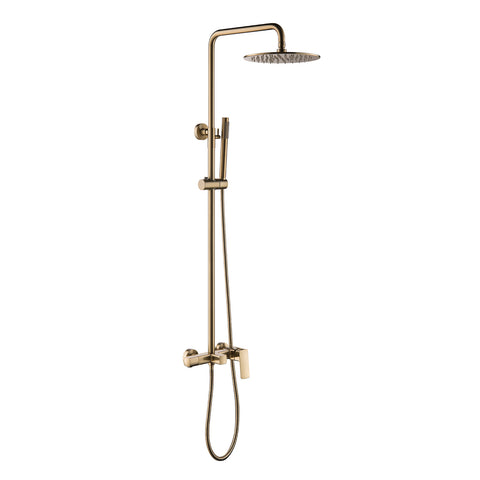How to Repair the Diverter in a Shower Faucet?

Materials Needed:
- Adjustable wrench
- Screwdriver (Phillips or flathead, depending on the faucet)
- Replacement diverter valve (specific to your faucet model)
- Plumber's tape
- Towel or rag
- Container or bucket
Step 1: Prepare for the Repair
Before you begin, ensure that you have turned off the main water supply to avoid any accidental flooding. It's also a good idea to cover the drain with a towel or rag to prevent any small parts from falling into it. Gather all the necessary tools and materials, including the replacement diverter valve specific to your shower faucet model.
Step 2: Access the Diverter Valve
To access the diverter valve, you will need to remove the faucet handle. Depending on your faucet design, you may need to pry off a decorative cap with a flathead screwdriver to reveal the screw beneath it. Remove the screw and gently pull off the handle.
Step 3: Remove the Diverter
Locate the diverter valve, which is typically located behind the faucet handle. Using an adjustable wrench, carefully loosen and remove the diverter valve by turning it counterclockwise. Be cautious not to damage any surrounding parts.
Step 4: Clean and Inspect the Diverter
Once the diverter valve is removed, inspect it for any signs of damage or wear. Clean it thoroughly with water and a soft brush to remove any mineral deposits or debris that may be affecting its performance. If the diverter is severely damaged, it's best to replace it with a new one.
Step 5: Install the Replacement Diverter Valve
Apply plumber's tape to the threads of the replacement diverter valve to ensure a secure and leak-free connection. Insert the new valve into the opening, turning it clockwise until it is snug. Use the adjustable wrench to tighten it further, but avoid over-tightening, as it may cause damage.
Step 6: Reassemble the Faucet
Carefully reattach the faucet handle, making sure it aligns properly with the valve stem. Insert the screw and tighten it securely. If there was a decorative cap, snap it back into place.
Step 7: Test the Repair
Now that you've replaced the diverter valve and reassembled the faucet, turn on the water supply and test the repaired shower faucet. Check for any leaks or irregular water flow. If everything is functioning correctly, congratulations! You've successfully repaired the diverter in your shower faucet.
By following these step-by-step instructions, you can repair the diverter in your shower faucet and restore proper water flow. Remember to exercise caution throughout the process and take your time to avoid any accidental damage. If you're unsure or encounter difficulties during the repair, it's always best to consult a professional plumber who can assist you further. Enjoy your fully functional shower faucet and the delightful bathing experience it provides.












